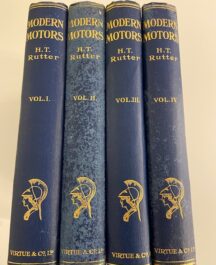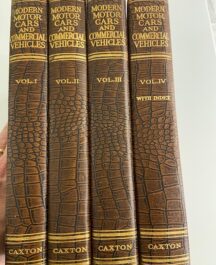Description
From about 1910 to the mid-1920s, the cyclecar was a popular means of transport. Cheap, simply engineered, often crude, it was really just a motorcycle engine with a lightweight chassis and body (the cyclecar/microcar often being the product of cycle and motorcycle technology).
It created, however, a new market of people who could now afford a motor car; it was no longer the perserve of the well to do. The simplicity of the cars meant that they could easily be built in small quantities and this led to a growth in the number of motor manufacturers. Some, who graduated to make motor cars, even survive to this day, including probably the most famous British marque – Morgan.
It was an international phenomenon with makers in France, the UK, USA and Germany producing cyclecars, albeit for various time-spans. A few makers survived into the thirties, but most had disappeared long before, killed off by the introduction of real cars at low prices, such as the Austin 7 in Britain, the German Dixi and the baby Citroens in France.
The concept was not to die, however, as the French retained an interest in cyclecars beyond this period and were producing small cars such a as the Mochet throughout the Second World War. Inside the pages of Minimal Motoring is a selective history of both the cyclecar and microcar, accompanied by period photographs, advertisements and artwork.
Softback in very good condition.










